How to Build a LinkedIn Marketing Strategy from Scratch
LinkedIn is more than just a professional network; it’s a powerful tool for lead generation and brand development. Creating a LinkedIn marketing plan from scratch can feel daunting, but by taking the right steps, companies can achieve real results. Success on LinkedIn requires consistency, high-quality content, and audience engagement. Businesses can build trust by providing insights and solutions that align with their brand values.
Developing a LinkedIn marketing plan requires both patience and strategic thinking. A well-defined, goal-oriented strategy can yield measurable returns. Focused plans not only boost visibility but also authority. This guide will walk you through the essential steps to creating a LinkedIn marketing strategy. By implementing these techniques, you can increase engagement and expand your reach on LinkedIn.
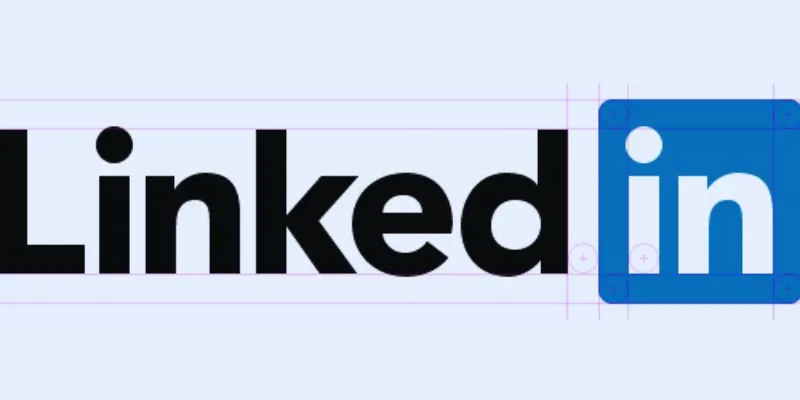
Define Clear Goals for Your Strategy
Setting clear goals is the foundation of any effective marketing plan. Without direction, it’s easy to lose focus and waste time. Well-defined objectives help you stay focused and measure your success. Start by identifying what LinkedIn offers that aligns with your needs. Common objectives include lead generation, website traffic, and brand exposure. Objectives should be clear, measurable, and tied to business outcomes. Instead of vague goals like “growing followers,” aim for specific targets, such as gaining 1,000 new followers in six months.
Establishing deadlines creates urgency and keeps your team aligned. Track metrics like clicks, conversion rates, or engagement to evaluate your performance. Every objective should align with your company’s needs. A company might aim to attract customers, while a personal brand might focus on thought leadership. Prioritize goals based on your current position and your audience’s specific needs. Create goals for LinkedIn marketing that support long-term growth. Having well-defined goals ensures that every action advances your overall image.
Optimize Your LinkedIn Profile or Page
Your LinkedIn profile or company page is your first impression. It should convey brand identity and professionalism. Start by uploading a high-quality profile photo or professional company logo. Use a custom banner that reflects your values, services, or products. Create a headline with a few key phrases that summarize your offerings. Keep it simple and benefits-focused. In the “About” section, describe who you help and how you add value. Use accessible language instead of jargon. Link back to your website, blog, or contact page and list your products or services.
Using natural keywords throughout your profile will enhance discoverability. Add a brief mission statement and product details on a company page. Highlight your main products prominently. Ensure that the information is current and aligns with your marketing objectives. Enhancing your page boosts credibility and aligns with LinkedIn’s bottom-up brand development approach.
Identify and Understand Your Target Audience
Understanding your audience allows you to create content that they value. First, identify who you want to reach. Consider their industries, job titles, and challenges. Use LinkedIn search tools to research your ideal audience. Observe the pages, organizations, and profiles they follow. Monitor the content they engage with. Make a list of relevant topics based on the common questions they ask. This will guide your content creation approach.
Understanding your audience makes it easier to create meaningful connections. If you serve multiple buyer types, segment your audience. Create basic profiles or personas for each group. Include their goals, challenges, and decision-making approaches. Tailoring your message to each group enhances engagement. Focus on providing value and solutions. You’re not just promoting yourself; address their issues and offer insights. A targeted message builds trust and captures more attention. Knowing your audience helps you create LinkedIn content more effectively.

Create a Consistent and Value-Focused Content Plan
A strong content strategy keeps readers engaged and builds trust. Content should provide value, not just serve as an advertising tool. Start by selecting topics that your audience finds important. Share success stories, industry tips, and how-to guides. Plan and stick to your posting schedule. For optimal results, post at least three times a week. Mix text posts, images, videos, and carousels, among other types of content. Personal brands often succeed by incorporating storytelling into their content. For businesses, highlight customer successes or product improvements.
Call-to-action statements can boost interaction. Keep your messages concise yet impactful. Avoid long paragraphs or difficult-to-read language. Repurpose content from blogs, webinars, or reports to save time. Track engagement to find the best fit. Adjust your strategy based on results. Consistency builds trust over time. Always aim to inspire or educate your audience. This supports a more successful LinkedIn content strategy in the long run.
Engage with Others to Build Relationships
Engagement is key to growing your LinkedIn presence. Post content, but also interact with others. Comment on relevant posts in your niche. Like and share content that aligns with your brand values. Respond to comments on your posts. Answer questions and thank users for engaging with your content. Initiating conversations strengthens relationships. Join industry groups and contribute to discussions. Share information without being overly promotional. Connect with those who align with your target audience.
Make personalized connection requests to show genuine interest. Once connected, send a brief, value-driven note. Avoid sales pitches in initial interactions. Build trust before promoting products. Discuss common interests or goals. Regular engagement increases your visibility on the LinkedIn feed. It also demonstrates your approachability and energy. Strong relationships lead to better reach and conversions. Engagement enhances every aspect of your LinkedIn strategy and supports consistent long-term results. To expand your influence, build a LinkedIn marketing plan with consistent interaction and community involvement steps.
Track Performance and Adjust Strategy as Needed
Performance metrics help you identify areas for improvement and what’s working. Review impressions, follower growth, and post engagement data on LinkedIn. Focus on metrics that align with your objectives. For traffic, track click-through rates. Analyze data weekly or monthly to spot trends. Identify which posts received the most engagement. Determine the days and times that generate the most views. These insights will help you better plan your postings.
Check follower demographics to ensure you’re targeting the right market. Adjust your content schedule based on actual performance. Eliminate underperforming posts and focus on what works. Experiment with new ideas or formats to keep your audience engaged. As your business grows, reassess your goals. Continuous improvement ensures your strategy remains effective. Data tracking enhances decision-making. Over time, active monitoring and strategic adjustments define LinkedIn’s approach to brand development.
Conclusion:
A successful LinkedIn marketing plan starts with clear goals and an optimized profile. You need to create valuable content consistently, understand your target audience, and engage regularly to build trust and visibility. Monitor your performance and refine your strategy regularly. Every step is crucial when building a strategy from scratch. Follow each component closely to grow and engage your audience. Future success largely depends on understanding how to develop a LinkedIn marketing plan. Apply these guidelines to support long- term growth. Let your strategy reflect your brand’s purpose and value.
Related Articles

How to Seamlessly Add Leads from LinkedIn Lead Gen Forms to Salesforce

The 10 Best Mailchimp Alternatives in 2025: Top Picks for Your Email Marketing
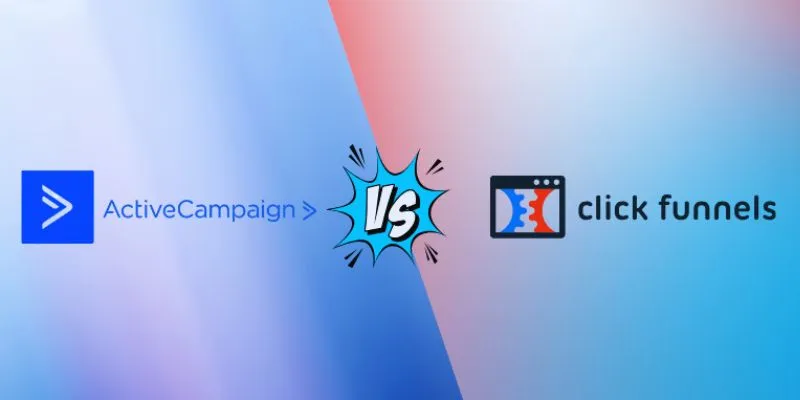
ClickFunnels vs. ActiveCampaign: A Comprehensive Comparison for 2025

How to Change Your Zoom Profile Picture on Desktop and Mobile

Brevo vs. Mailchimp: Choosing the Right Email Marketing Tool
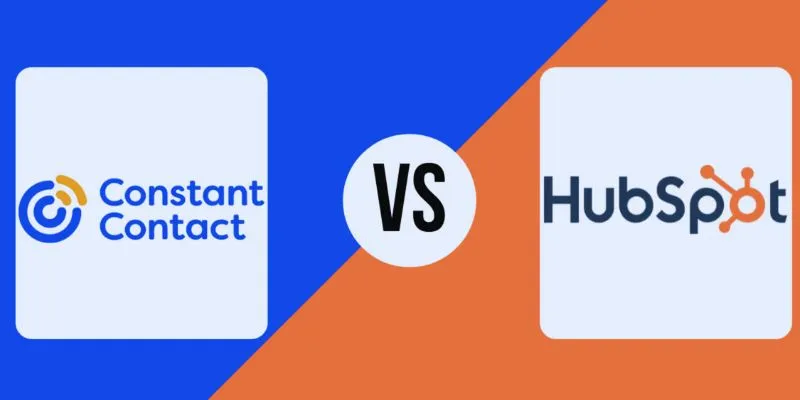
Constant Contact vs. HubSpot: Which Platform Fits Your Business Needs

The Best Email Drip Campaign Software: Top Picks for Seamless Automation

6 Ways to Automate Content Marketing with Jasper: Save Time and Boost Results

The 13 Best Campaign Management Software Tools to Streamline Your Marketing

10 Reasons Why MailerLite Stands Out in 2025 for Email Marketers

20+ Best Digital Marketing Tools

Top HubSpot Alternatives for Small Businesses in 2025
Popular Articles

Top Tools to Pull Accurate Data from Any Graph Image
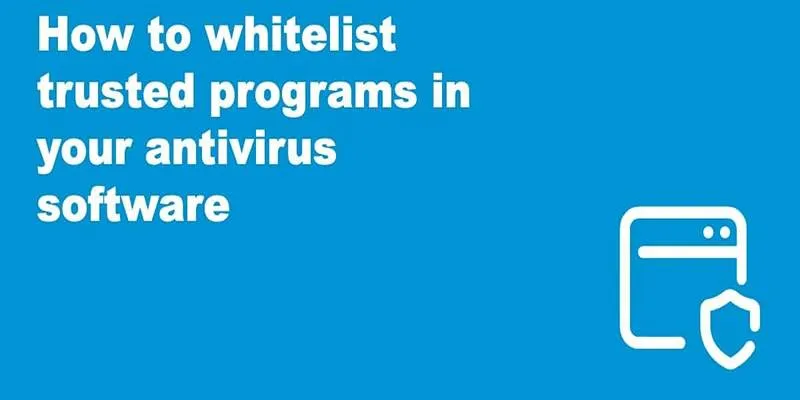
Whitelisting Guide: Allow Safe Websites Blocked by Antivirus

Microphone Not Working in Online Learning Platforms? Try These Fixes

Top 5 M3U8 Players for Online, Web, Windows, and Mac

A Simple Guide to Turning MXF Videos into MP4

Convert WebP to JPG on Windows: 7 Best Tools to Use

Base64 Encoding and Decoding Made Easy with Free Online Tools

ActiveCampaign vs. tinyEmail: Comparing the Best Email Marketing Tools

Compress PDF Files Under 1MB While Maintaining High Visual Quality

VS Code Online, Replit and More: Top IDEs to Code Directly in Your Browser
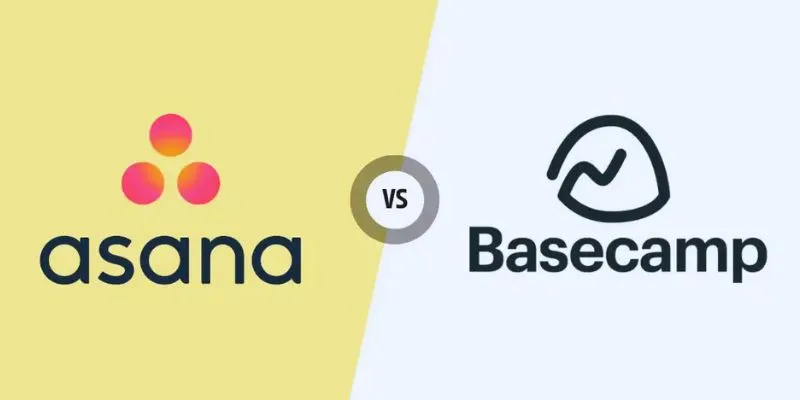
Asana vs. Basecamp: Find the Best Fit for Your Projects in 2025
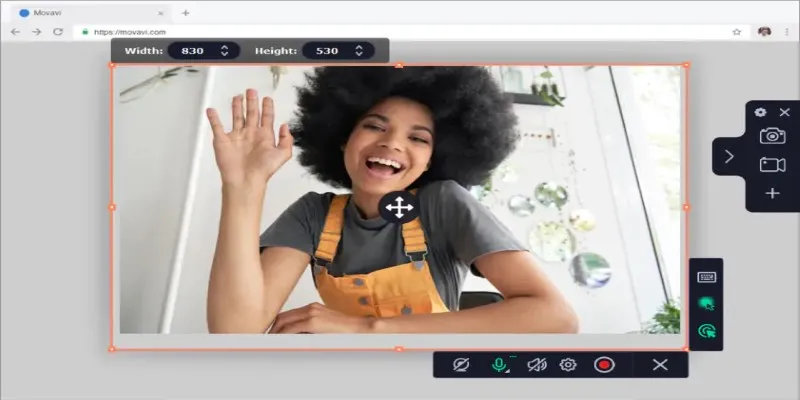
 mww2
mww2